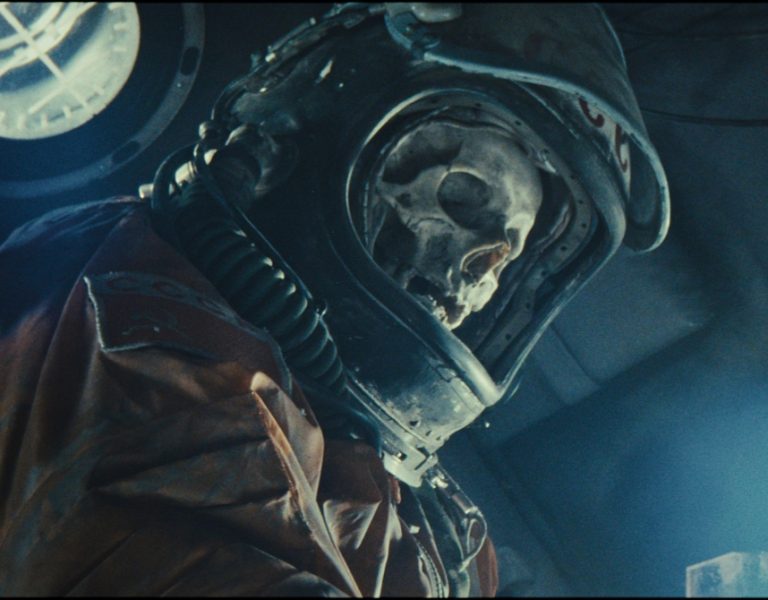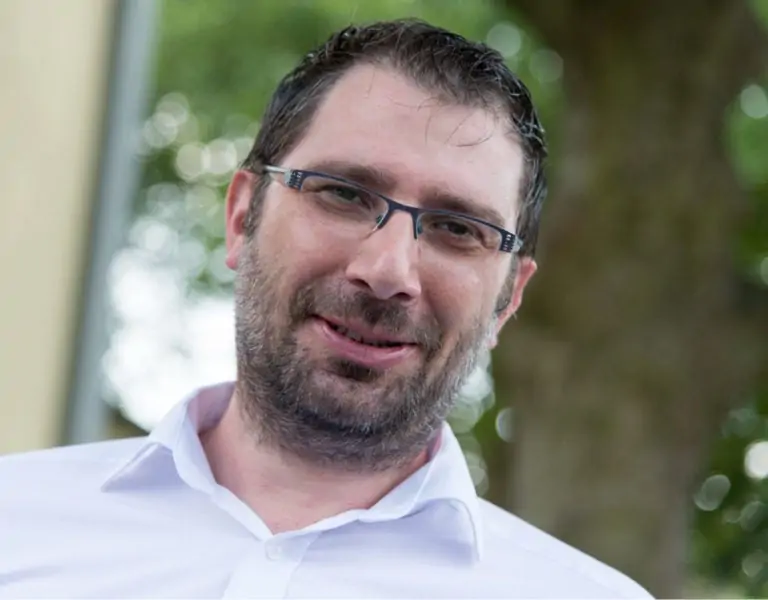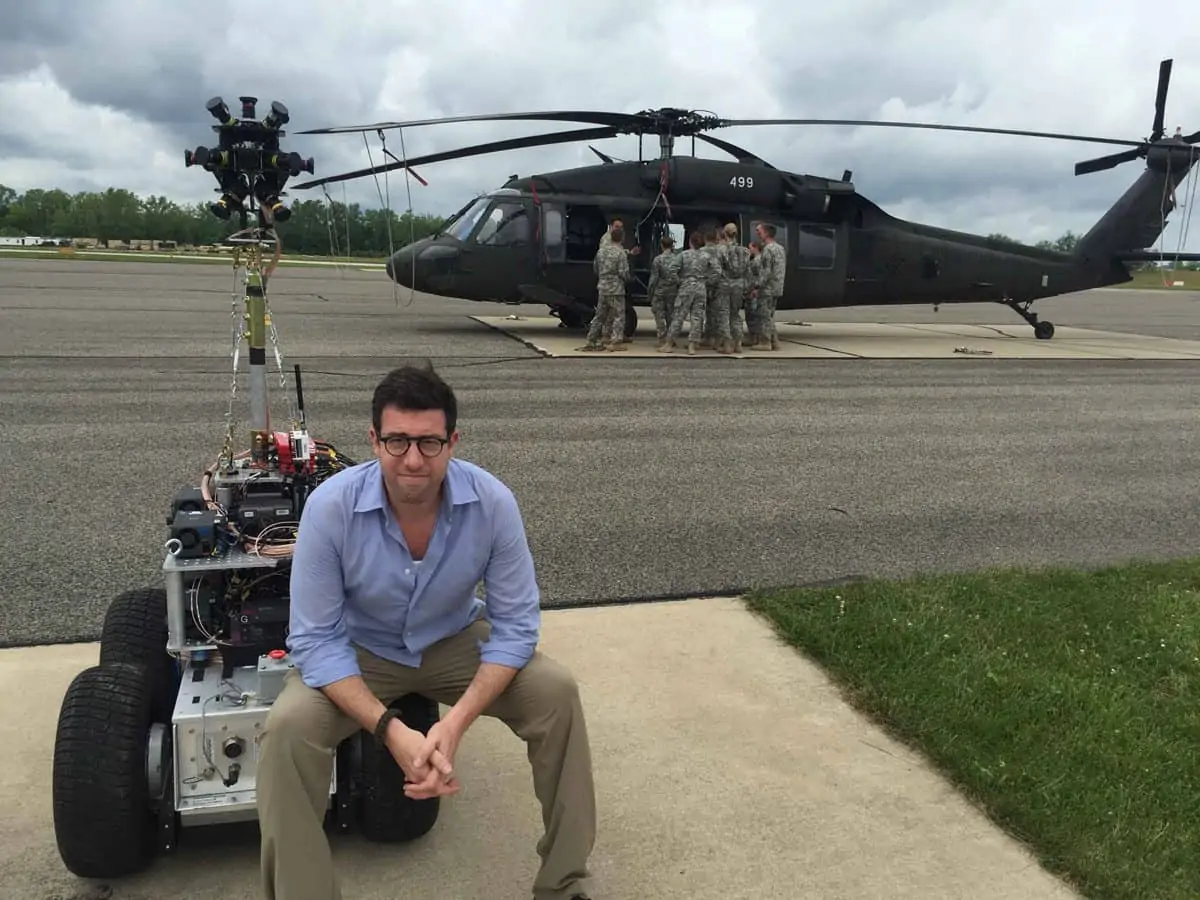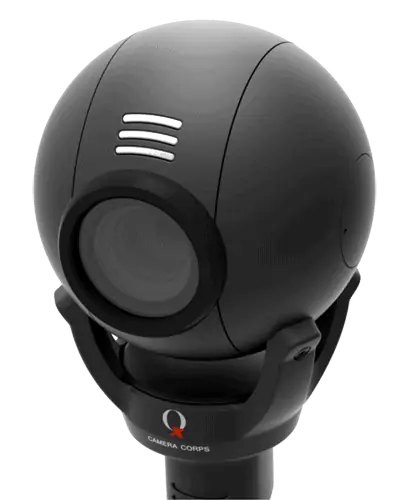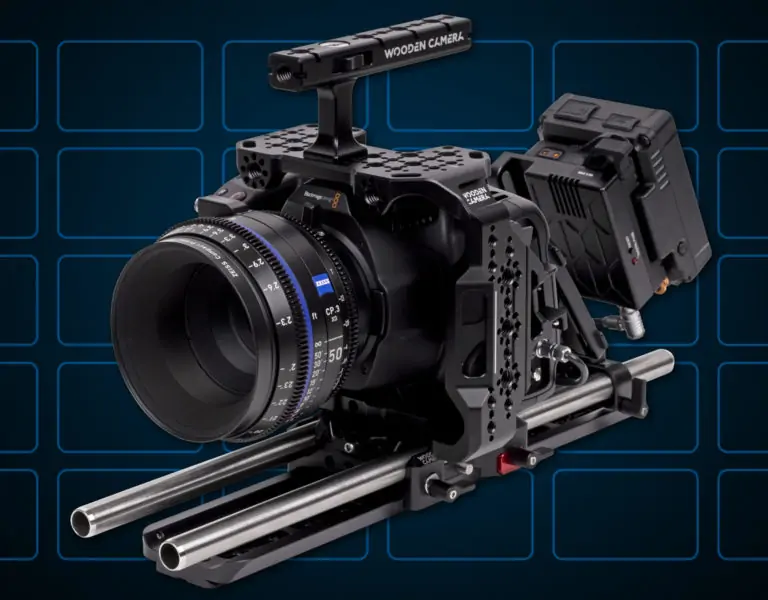Light Brigade
Spotlight / LCA
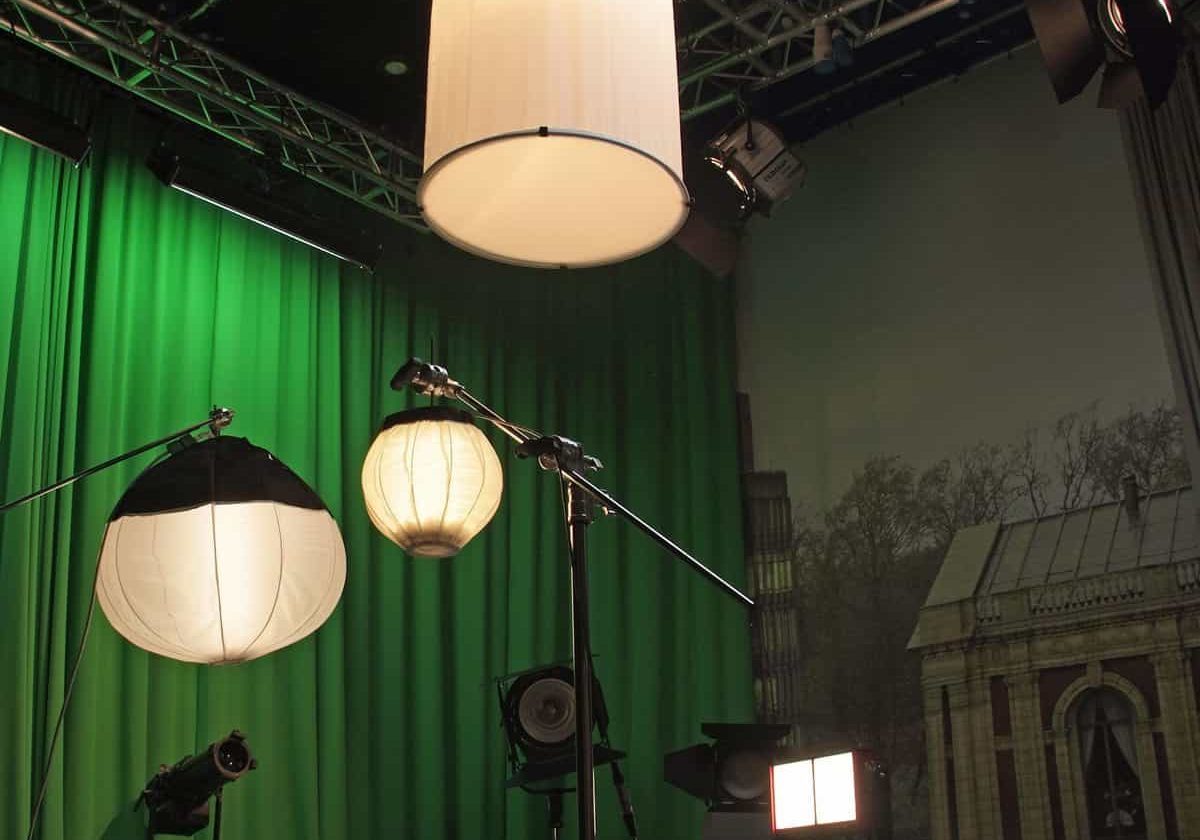
Light Brigade
Spotlight / LCA
BY: Kevin Hilton
Finding a name for a new company that sums up what it does can go a long way in establishing a venture. Which is why Nick Shapley was surprised when he found that Lights Camera Action was not registered at Companies House when he came to set up his new lighting sales business.
Even though the cameras aspect was not part of his plan, Shapley unsurprisingly "snapped it up" immediately as it was "synonymous with our field" and fitted with his intention to supply everything to do with lighting for film and television drama production.
LCA, as it is more commonly known, was founded in February 1999 by Shapley and Graham Kerr, who had worked together at ARRI Rentals. Shapley started out in the lighting business when he helped set up a rental company in London but later decided he wanted to join a big name in the market. He did this in 1986 when he joined ARRI. Over a 13-year period he helped build an international business for the German company's luminare products, with a worldwide distribution network covering Europe to Asia and further afield to New Zealand.
Even with this responsibility and the security of a big, successful organisation behind him, Shapley decided he wanted to have his own company. With Kerr, Shapley set up what became LCA, the aim being to create what he calls "a facility for directors of photography, gaffers, broadcasters, rental companies and owner-operators.”
Shapley makes it clear that LCA is, and always has been, a sales and marketing company, not a hire operation. "We supply a lot of rental companies," he comments, "but we also introduce products to gaffers, lighting designers and DPs so they can keep up to speed with what is happening in the market. Our aim is to offer everything they need, such as ballast, dimmers and cables as well as lights."

While the intention was to "understand the British market in particular", Shapley says LCA works in other parts of the world, including sending trucks all over Europe for specific jobs. Over the years the company has built up what Shapley describes as a "fairly big range of products", ranging from HMI to tungsten and, a more recent introduction, phosphor.
LCA offers a range of these lighting types from the likes of K5600, Filmgear, ARRI and Briese Lighting but also prominent in its portfolio is LED, which has made its mark on the film and TV production sector in recent times. "LED had a bad name in terms of colour quality, but in the last three to five years they have improved immensely," Shapley observes.
Among the LED brands stocked by LCA are Chroma Q, Filmgear, Kino Flo, LiteGear, Litepanels and Cineo. Shapley highlights the work of Cineo in making LED more suited to the needs of filmmakers and cinematographers by implementing Remote Phosphor Technology (RPT) on its TruColor series. This adds a phosphor substrate that is stimulated by high-frequency wavelengths, such as blue LEDs, to produce what Cineo calls "a continuous linear spectrum" from a more predictable light source.
"We introduce products to gaffers, lighting designers and DPs so they can keep up to speed with what is happening in the market."
- Nick Shapley
"Most LED products have a poor R9 value but the Cineo technology increases the amount of red, which gives almost perfect skins tones," Shapley says. "Phosphor is growing rapidly in use, particularly for edge-lit LEDs, and we've had DPs coming to test it with their favourite cameras."
Another US brand handled by LCA, LiteGear, has developed different ways of mounting lights, such as the LED LiteRibbon, which comes in daylight, bi-colour and RGB versions. The LiteRibbon was used on The Martian, by DP Dariusz Wolski and production designer Arthur Max, to create special space-like looks. Shapley comments that LiteGear has also produced another system, the LiteMat, which allows lights to be positioned in places that would be difficult for more conventional fixtures. "They can be stuck anywhere that you can't get more normal lights," he says.
Over the years, and particularly from his days at ARRI, Shapley has seen lighting trends move away from big lamps, such as 18kW HMIs, to smaller units that still throw out enough light: "We've now come down to really small lamps because with the latest digital cameras there isn't as much light required as there used to be. These days you can have 6k HMIs sewn into fabric that can hang on a wall or from the ceiling."
These fittings, Shapley explains, are a great benefit in a business where, even more than ever, time is money. "Setting up needs to be quicker these days and the savings on that are even more significant today for the DP or lighting designer than it was ten years ago."
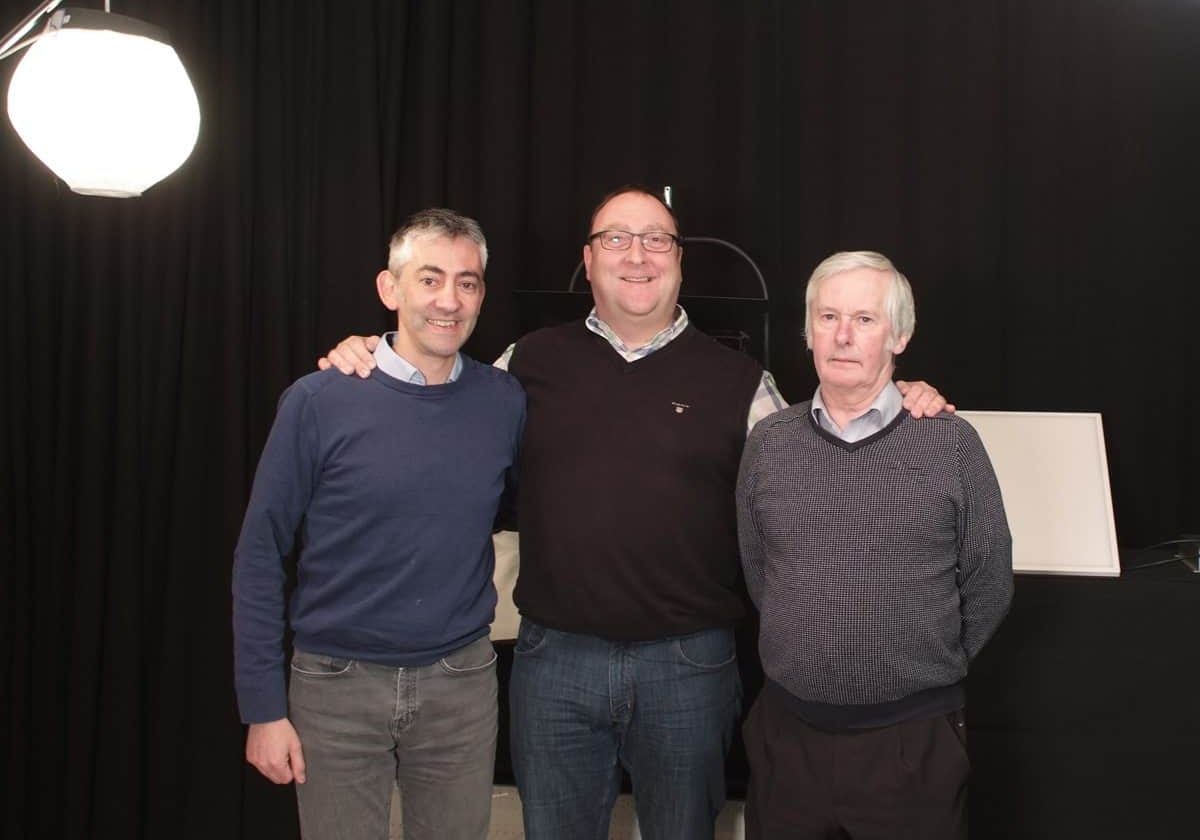
In addition to its sales and marketing role, LCA also adapts and designs its own products to meet the specific needs of DPs and gaffers. Shapley says this side of the business came through listening to what its customers needed for specific jobs: "One product we developed in that way is the Matrix Ball, which is like a Chinese lantern set in spring bars that can be built into a wall or suspended from a boom arm to follow an actor if he or she is going down a corridor or something like that." LCA also produces its own 16-bit dimmers, which are manufactured by another company to its specifications.
Nick Shapley concedes that leaving an established company to set up on his own was daunting, with "good years and bad years" along the way. "It takes a while to build a new business because customers like to think you're going to be around in ten years time to support them," he says.
LCA is now part of the AC Entertainment Technologies group but still runs autonomously under its own brand. What this has given the company, Shapley says, is the support to grow and expand the business. A good example of this is LCA's recently opened showroom in Greenford, west London, which has a wide range of products on display.
Shapley believes the company has the ideal position for anyone in the business wanting to see demos of new technologies: "Because we're based on the M40, DPs, gaffers and other crew can drop in on their way to London. We're also near studios like Leavesden, Shepperton and Pinewood. It's a good place to be right now."




